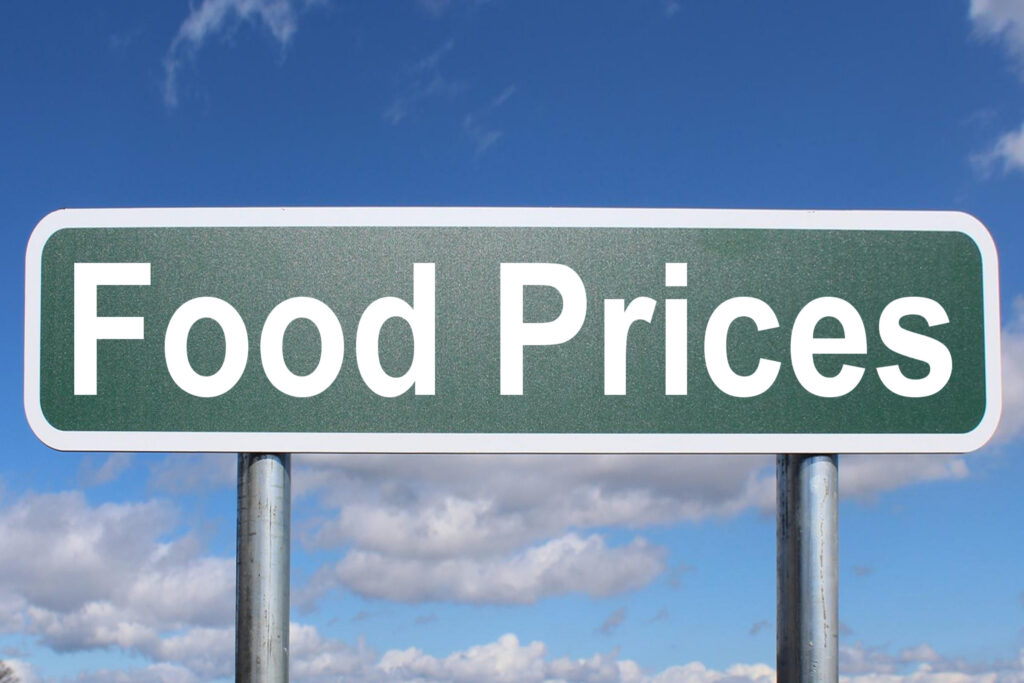According to data from the Famine Early Warning System Network (FEWS NET) staple food prices in Kenya remain atypically high, driven by high demand, high fuel and marketing costs, and the depreciation of the Kenyan Shilling.
In October, maize prices ranged from average in Lamu to nearly 95 per cent above the five-year average, with prices highest in Nithi, West Pokot, and Nyeri (Kieni).
Dry bean prices are also elevated and around 15 to 80 per cent higher than the five-year average in most areas, but prices are nearly 120 per cent higher than the five-year average in the Mombasa and Eldoret markets due to lower-than-normal cross-border imports from Tanzania and Uganda and low local availability.
In the pastoral areas, livestock prices are around 15 to 50 per cent above the five-year average, with prices 75-90 per cent higher than the five-year average in Mandera, Wajir, and Garissa due to improving rangeland resources and livestock body conditions and lower supply as pastoral households seek to recover their herd sizes.
According to the report, across marginal agricultural areas, households are earning near-average income from agricultural waged labor opportunities such as weeding and spraying, which, in addition to the good rains, is driving a slightly above-average area planted under food crops.
The food crops are in good condition and at various developmental stages, ranging from knee-high in maize, sorghum, and millet to early flowering in beans and green grams.
However, in areas that continue to receive heavy rainfall, such as Meru (Meru North) and Embu (Mbeere), the excess moisture is impeding the growth of legumes such as beans.
Most households remain reliant on market purchases, but the unusually high staple food prices are limiting household purchasing power.
